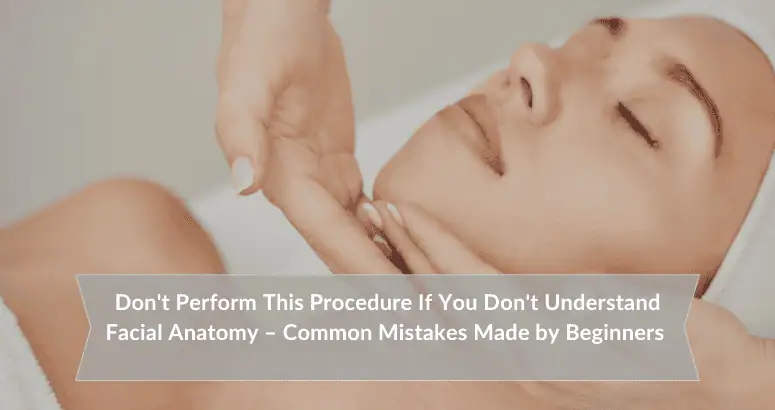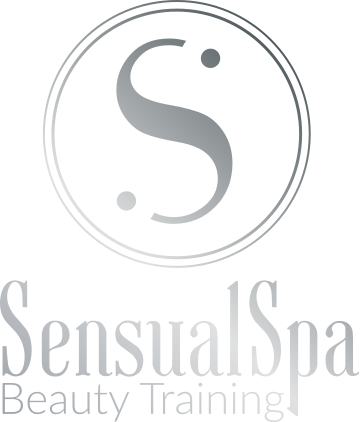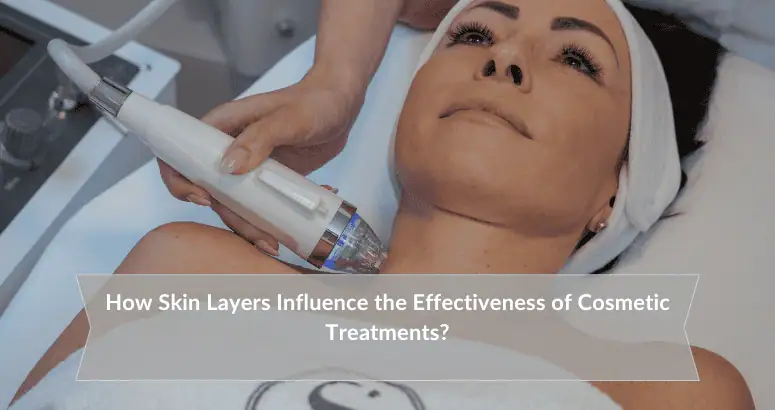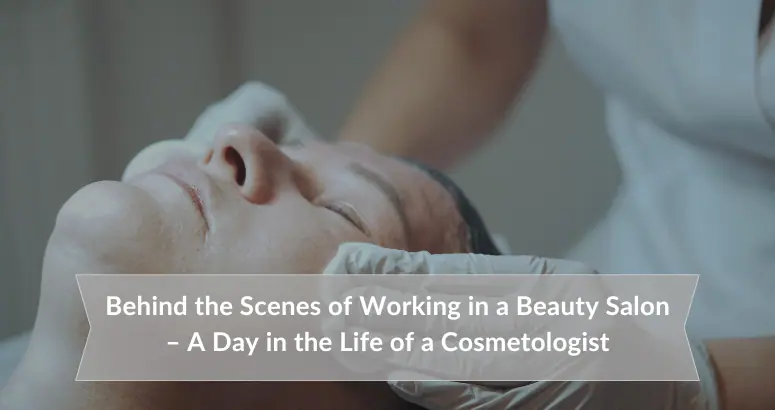Blog
Don’t Perform This Procedure If You Don’t Understand Facial Anatomy – Common Mistakes Made by Beginners

In the ever-evolving world of aesthetic medicine and permanent makeup, the allure of transforming a client’s appearance can be both exciting and rewarding. However, with this power comes the responsibility to execute procedures safely and effectively. Understanding facial anatomy is not just an academic exercise—it’s a critical foundation for any professional aiming to deliver top-tier results without compromising client safety. This article aims to highlight the importance of mastering facial anatomy, common mistakes made due to a lack of understanding, and the value of investing in quality education and mentorship.
The Importance of Understanding Facial Anatomy
Before diving into the technicalities of aesthetic procedures, it’s crucial to grasp the complexity of the human face. The face is a composite of muscles, nerves, blood vessels, and bone structures, all working in harmony to create expressions, convey emotions, and support essential functions. Misjudging the placement of an injection or the depth of a needle can lead to unsatisfactory results or, worse, severe complications such as nerve damage or vascular occlusion.
Key Anatomical Structures to Consider:
- Muscles: Knowledge of facial musculature is essential for procedures like Botox and fillers. Understanding how muscles interact can help in predicting the results of muscle-relaxing treatments and avoiding unnatural expressions.
- Nerves: Facial nerves control expressions and sensations. Damage to nerves during procedures can cause temporary or permanent loss of function or sensation.
- Blood Vessels: The face is rich in blood supply, which means there’s a risk of bruising, hematomas, or even more severe complications like tissue necrosis if a vessel is inadvertently punctured.
- Bone Structure: Understanding the underlying bone structure can inform the placement of fillers and implants, ensuring natural-looking enhancements.
Common Mistakes Due to Lack of Anatomical Knowledge
Even the most enthusiastic and well-intentioned practitioners can make mistakes if they’re not grounded in anatomical knowledge. Here are some frequent errors:
- Ignoring Danger Zones: Certain facial areas, such as the glabellar region (between the eyebrows) and the nasolabial folds, are deemed high-risk due to their proximity to critical blood vessels and nerves. Inadequate knowledge can lead to complications, including vision impairment or tissue necrosis.
- Overfilling or Uneven Fillers: Without a clear understanding of facial symmetry and muscle dynamics, practitioners may overfill areas, leading to unnatural bulges or asymmetries.
- Improper Injection Techniques: Techniques such as the angle and depth of needle insertion are crucial and vary depending on the area being treated. Inexperience can lead to ineffective treatments or adverse effects.
- Misdirected Botox Injections: Injecting Botox without a thorough understanding of muscle anatomy can result in unintended muscle relaxation, such as drooping eyelids or an uneven smile.
The Value of Investing in Quality Education and Mentorship
Given the complexity of facial anatomy and the potential risks involved in aesthetic procedures, comprehensive education and ongoing mentorship are invaluable. Here’s why:
- Staying Updated with Advancements: The field of aesthetic medicine is continuously evolving. Regular training ensures that practitioners are up-to-date with the latest techniques, products, and safety protocols.
- Hands-On Experience: Quality training programs offer practical experience under the guidance of experienced mentors. This hands-on practice is essential for mastering the nuances of different procedures.
- Building Confidence and Competence: Adequate training builds confidence, allowing practitioners to perform procedures with precision and care. Mentorship provides a safety net, offering advice and support as novices transition to independent practice.
- Enhancing Professional Reputation: Clients are more likely to trust practitioners who can demonstrate a commitment to education and excellence. Being well-trained not only minimizes risks but also enhances client satisfaction and loyalty.
Conclusion
In conclusion, while the field of aesthetic medicine offers exciting opportunities for creativity and client satisfaction, it demands a responsible approach underpinned by a thorough understanding of facial anatomy. Avoiding common mistakes and investing in quality education and mentorship are not just best practices—they are essential steps toward building a successful and respected career. As practitioners, the commitment to learning and professional growth ultimately enhances the safety, efficacy, and artistry of the services offered.










